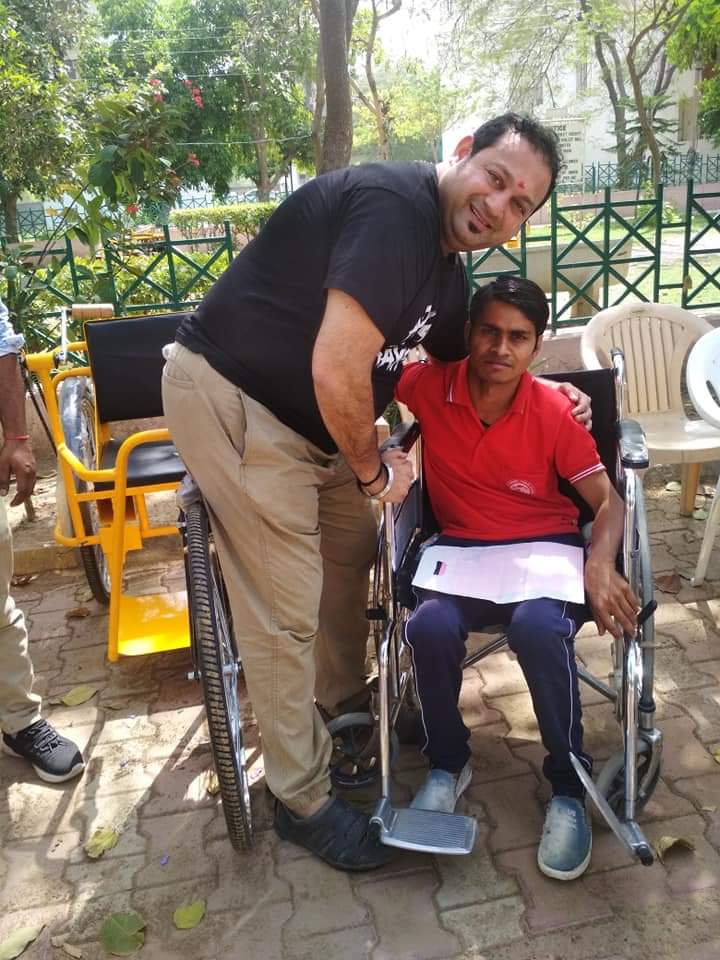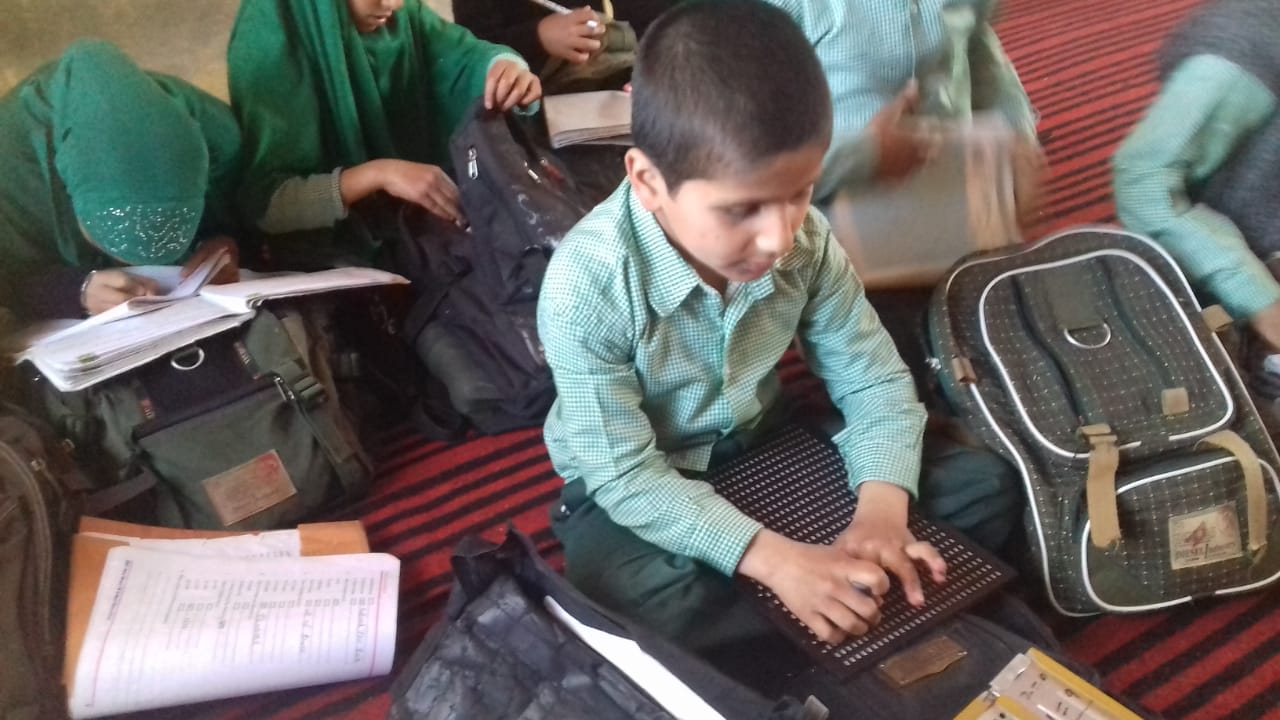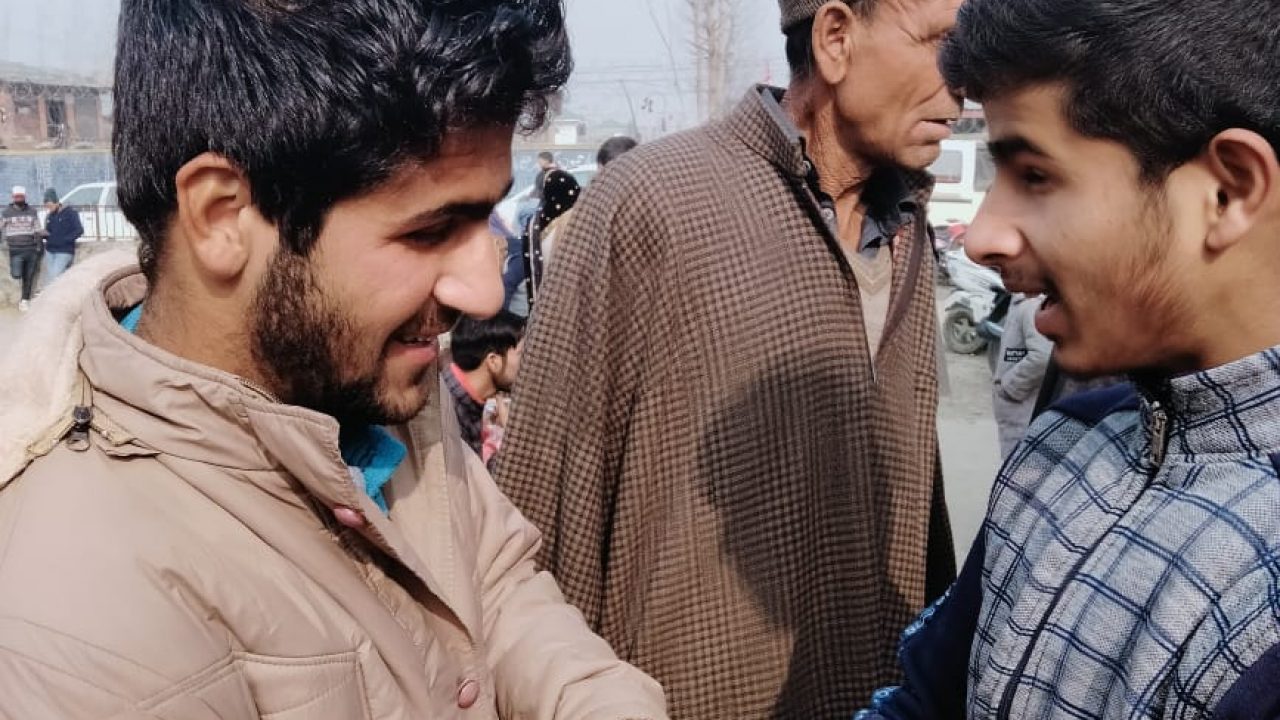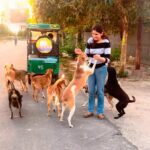
Specially Abled
According to the 2011 Population Census, 2.21% of India’s population is specially- abled. The Rights of Persons with Disability Act, 2016 (RPWD Act) recognizes 21 different disabilities. This includes those induced by diseases like thalassemia, multiple sclerosis, sickle cell disease, hemophilia and human cruelty like acid attack survivors. Blindness: total, partial, or progressive, is one of the most common disabilities affecting 19% of the total specially-abled population.
By law, every specially-abled child between the ages of 6-18 is entitled to free education. There are superior courts in every district to ensure any quick redressal to any violation of their rights. The government has several schemes such as insurance and legal guardianship to make the specially-abled person’s life more secure even after the loss of primary caregivers. While all this may look good on paper, on-the- ground implementation still has a long way to go.
Some everyday-life tasks that a sighted person does automatically become a challenge for a visually-challenged person. Navigating public spaces tops this list as most roads and buildings are not easily accessible to the visually challenged.



Sympathy and natural curiosity about the nature of a disability and coping mechanisms can make even sighted individuals overly helpful. This is counter- productive and does not allow the specially-abled person to become independent. An inclusive society is sensitive to the needs and wishes of the specially-abled. It does what is required to help them blend in, including letting them challenge themselves to push boundaries.
This is where the Chetna Heroes come in.
Each of them has a very close and personal connection with the disability and addresses different aspects of interactions with the mainstream population.














